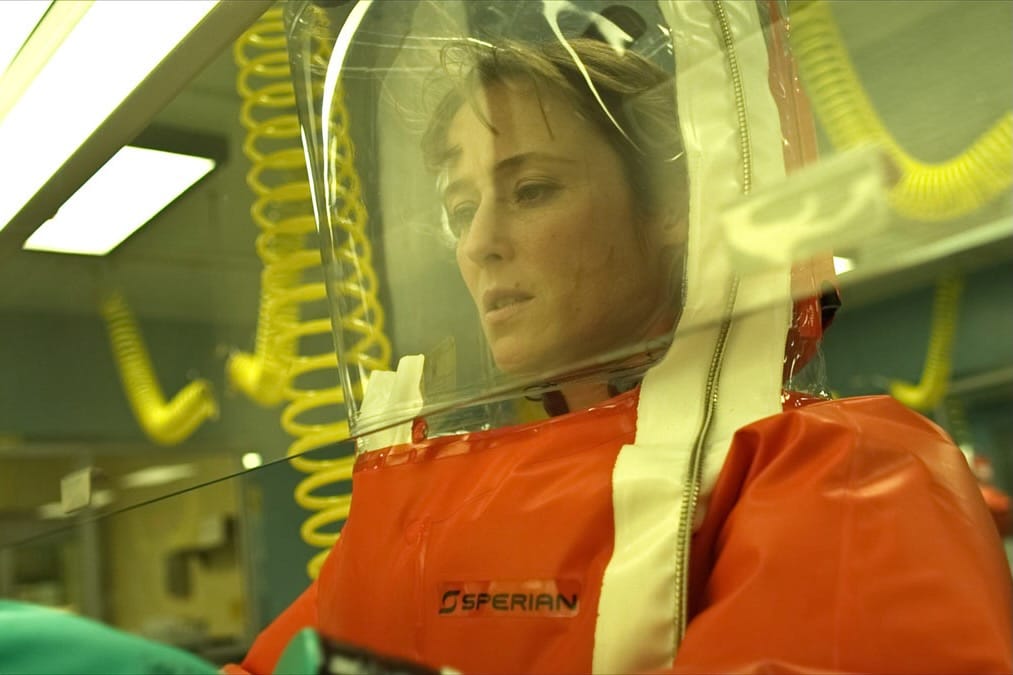
by Karolina Krakowiak | 6 Jul 2023 | Ecologues, European School Brussels, Politics, Writing's on the Wall, Youth Voices
Young climate activists met with experts at the American Library in Paris to discuss how to protect rivers, trees, wildlife and people through legislation. The sixth Ecologues discussion featured Tim Crosland and moderator Alice McCrum, with Linda Sheehan and Irmak...

by Annette Khosravi | 2 Jun 2023 | Educators' Catalog, Environment, Student Posts, Tatnall School, Youth Voices
To bring a fish back from the brink of extinction, people must push for protection over pollution. An Atlantic sturgeon. (Credit: Delaware Department of Natural Resources and Environmental Control) This article, by high school student Annette Khosravi, was produced...
Student author Annette Khosravi from ND school partner The Tatnall School delves into the world of conservation in this piece about saving the Atlantic sturgeon. Highlighting News Decoder’s mission to connect the local to the global, this text serves as an example of how local activism may lead to widespread positive impacts.
Exercise: Ask students to look into the environmental and social organizations in your local community. What types of local groups could they contribute to? What is the broader significance of civic engagement? After completing their research, students should each come up with and present a 90-second “elevator pitch” for the organization they researched, including a specific call to action for others to get involved.

by Sarah Edmonds | 22 May 2023 | Climate decoders, Decoders, Educators' Catalog, Environment, Writing's on the Wall
In the movies, the solution for global disasters comes at the nail-biting end. Not so in real life. It won’t be The Rock that saves this rock we live on. Dr. Ally Hextall, played by Jennifer Ehle, tries to save the world from a virus in the movie Contagion. ...
In the fight against climate change, technology is often seen as a panacea that absolves corporations and individuals of the responsibility to act. The narrative reads as follows: with new technology, we can continue to live as we always have, without reducing consumption and waste. In this latest Decoder, correspondent Sarah Edmonds explains why this is not at all the case.
Exercise: The article decodes several types of climate technologies making headlines now, notably: nuclear energy, solar power, carbon capture, hydrogen and wind energy. Divide your class into five groups, each taking on one of these technologies to investigate. They should start with the information presented in the article, then conduct outside research online using reputable sources. Each group should then discuss the benefits and drawbacks of their assigned climate technology, and elect a spokesperson to share their findings with the class.

by Enrique Shore and Marcy Burstiner | 27 Mar 2023 | Climate decoders, Decoders, Environment, World, Writing's on the Wall
Some 785 million people worldwide lack a basic drinking water supply. Experts came together at the UN to find solutions to our planet’s worsening water crisis. Delegates pose next to a sign set up outside the United Nations headquarters during the UN 2023 Water...




